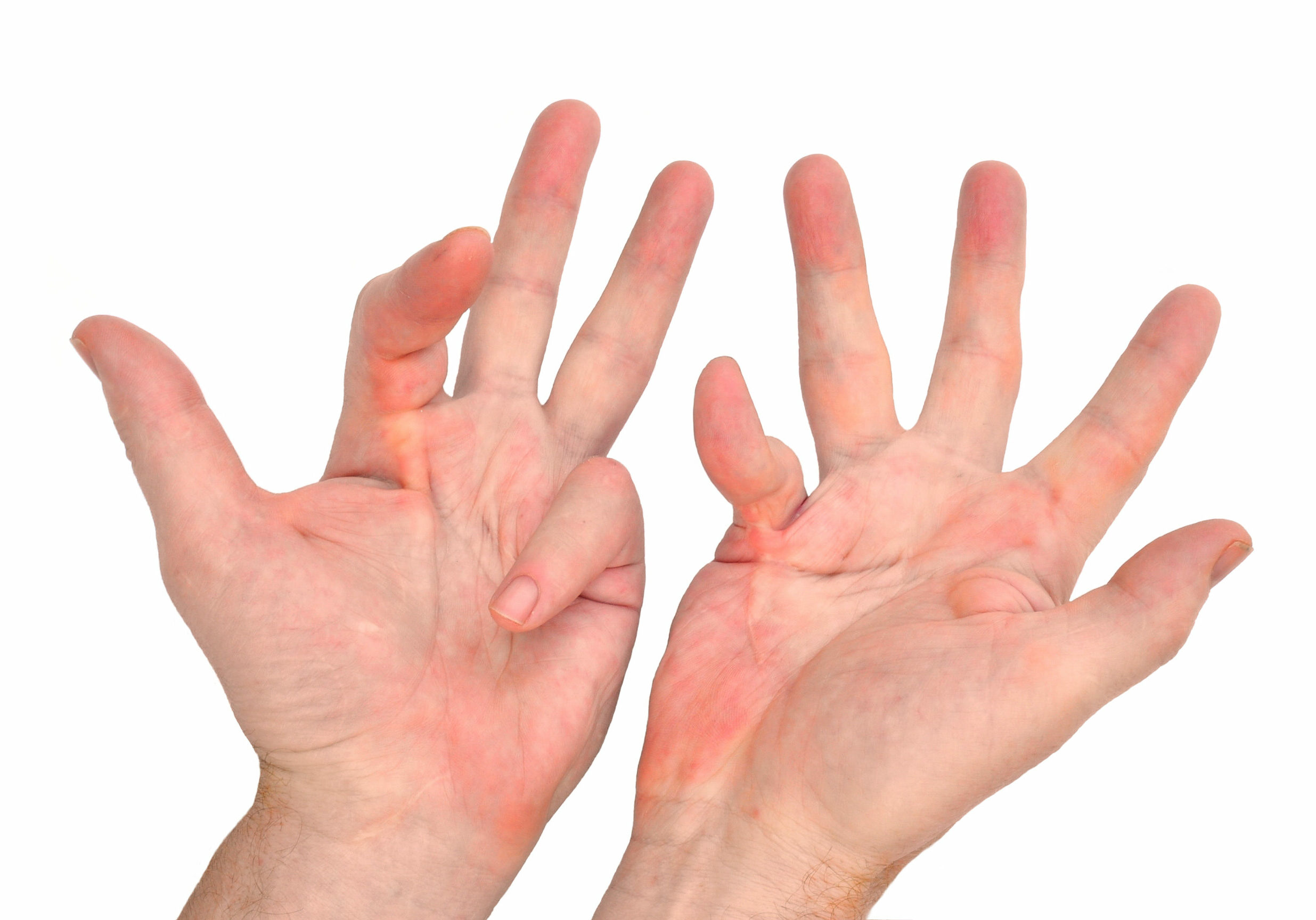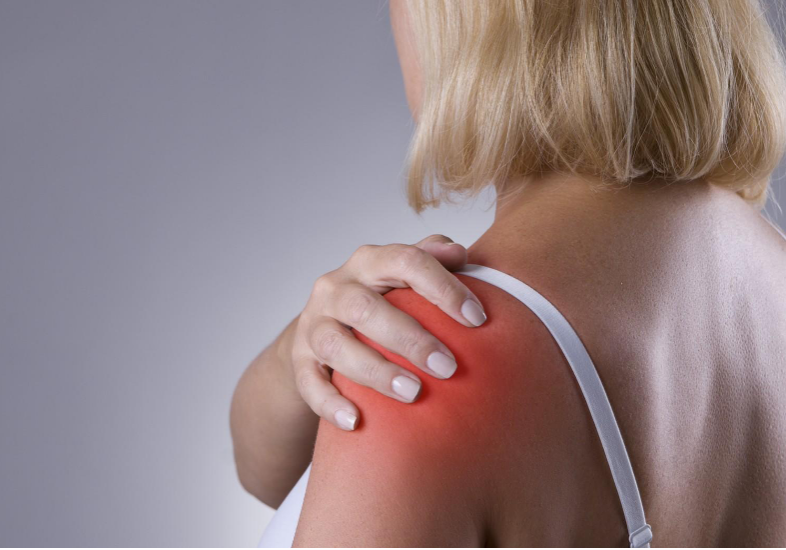Differentialdiagnose: Schnellender Finger vs. Subluxationsverletzung des Sagittalbandes vs. Subluxationsverletzung des Lateralbandes
abgelegt unter Auswertung
Differentialdiagnose: Schnellender Finger vs. Subluxationsverletzung des Sagittalbandes vs. Subluxationsverletzung des Lateralbandes
Hand therapists frequently encounter patients presenting with finger pain, clicking, and difficulty with tendon glide. Among the most commonly confused conditions are auslösen Finger, Subluxation sagittal band injury, and Subluxation lateral band. Each of these pathologies involves different anatomical structures and biomechanical disruptions, but their overlapping clinical features can complicate accurate diagnosis. Understanding the subtle differences in presentation and performing targeted physical exams are crucial for appropriate treatment planning.
Abzugsfinger or stenosing tenosynovitis, is a condition in which the flexor tendon becomes entrapped at the A1 pulley, typically due to thickening or inflammation of the tendon or pulley system. Patients often report a painful catching or locking sensation at the level of the metacarpophalangeal (MCP) joint, most commonly in the middle or ring fingers. On examination, passive flexion is typically smooth, but active extension may be met with resistance, followed by a sudden release, hence the “auslösen” effect (Makkouk et al., 2008). Palpation often reveals a tender nodule at the volar MCP crease.
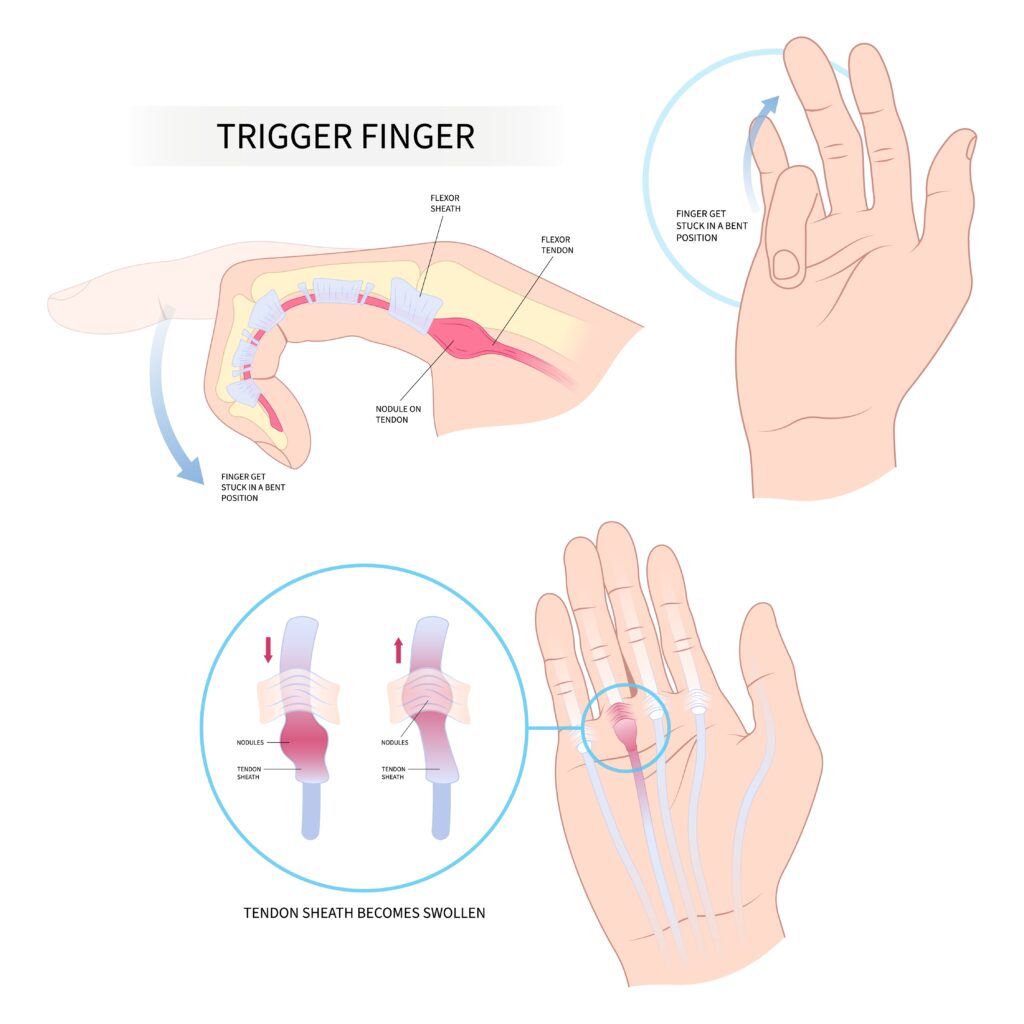
Subluxing Sagittal Band Injury, frequently referred to as “Boxer’s Knuckle,” occurs when the sagittal band fails to stabilize the extensor tendon over the MCP joint. This condition is most commonly seen in the long finger due to its increased excursion and susceptibility to trauma. Clinically, patients may report snapping or shifting of the extensor tendon during MCP flexion and extension. The hallmark physical exam finding is visible or palpable ulnar subluxation of the extensor tendon when the MCP is flexed and extended with resistance (Rayan & Young, 2006). Pain is typically localized dorsally over the MCP joint, and swelling may be present.
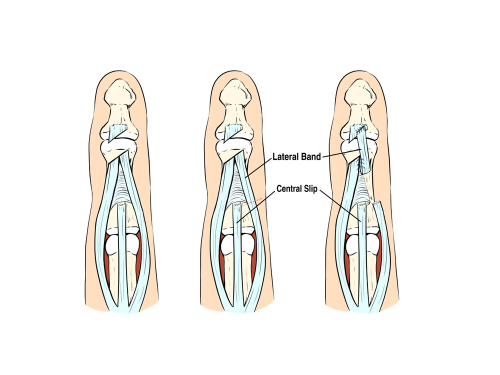
Subluxing Lateral Band injuries are less common and often occur in patients with connective tissue disorders (e.g., rheumatoid arthritis) or following trauma. The lateral bands, which contribute to PIP extension, may sublux volarly or dorsally due to rupture or laxity in the transverse retinacular ligaments. When subluxed volarly, the lateral bands may act as flexors of the PIP joint rather than extensors, mimicking boutonnière deformity. On exam, therapists may notice PIP flexion with DIP hyperextension and observe lateral band movement on active PIP flexion/extension. Palpation may detect band instability during resisted PIP movements (Harris & Rutledge, 2016).
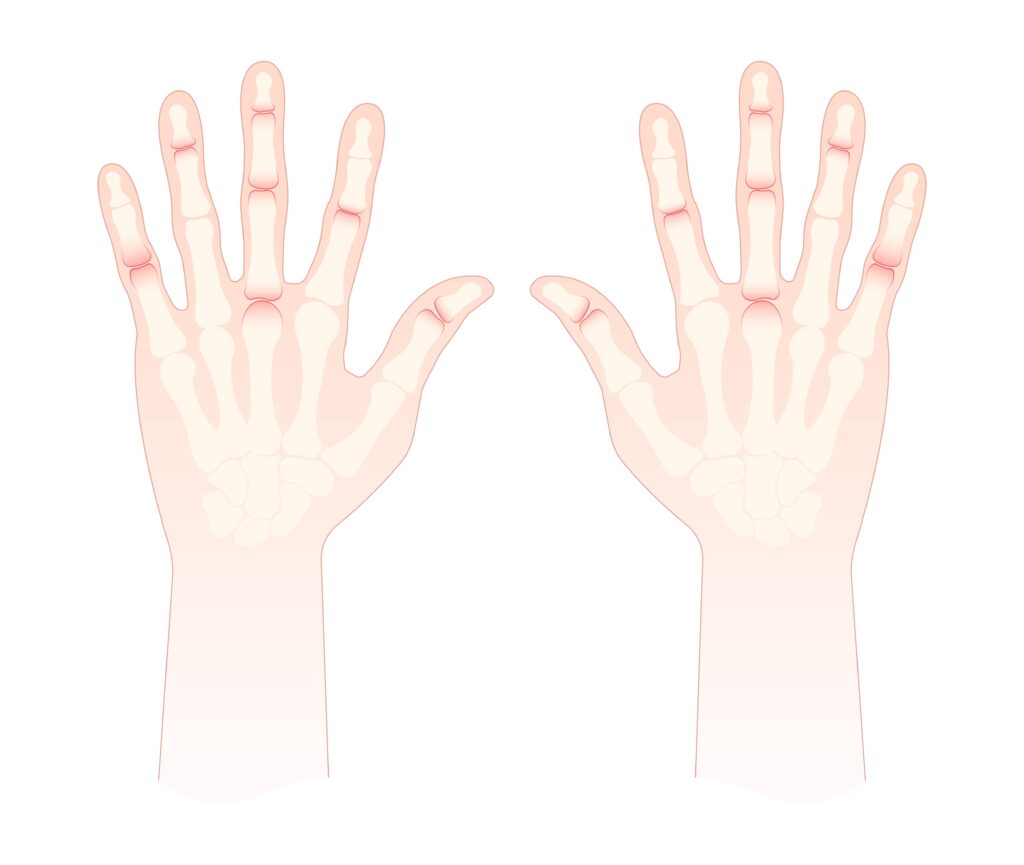
These conditions are often confused because they can all present with clicking, pain near the MCP joint, and dysfunction during tendon excursion. For example, a Subluxation sagittal band may mimic auslösen finger in early stages when the tendon displacement causes a catching sensation. Similarly, Subluxation lateral bands may be mistaken for sagittal band pathology if dorsal pain and snapping are present but not properly localized. Without a thorough assessment, these conditions may be misdiagnosed, leading to suboptimal treatment outcomes.
To differentiate them, location and direction of tendon displacement during resisted movement are key. Trigger finger will always involve the flexor tendon system and is palpable volarly, while sagittal band injuries produce dorsal instability at the MCP, and lateral band subluxation affects the PIP joint mechanics. Provocative testing, such as resisting MCP extension (for sagittal band), active PIP flexion (for lateral band), or palpation at the A1 pulley during finger motion (for trigger finger) can help isolate the pathology.
Accurate diagnosis also requires considering the patient’s history. Sagittal band injuries often follow a punch or hyperextension trauma, while auslösen finger is usually atraumatic and related to overuse or inflammatory conditions. Lateral band instability may be tied to systemic illness or chronic joint stress. Imaging, including dynamic ultrasound, can further assist when diagnosis remains unclear.
In summary, although auslösen finger, Subluxation sagittal band injury, and Subluxation lateral band may all present with similar symptoms, understanding their anatomical basis and performing focused physical exams allow for accurate differentiation. Early recognition is critical to guide conservative or surgical intervention and ensure optimal functional recovery.
Verweise
Harris, A., & Rutledge, C. (2016). Hand injuries: A practical guide to diagnosis and management. Springer.
Makkouk, A. H., Oetgen, M. E., Swigart, C. R., & Dodds, S. D. (2008). Trigger finger: Etiology, evaluation, and treatment. Current Reviews in Musculoskeletal Medicine, 1(2), 92–96. https://doi.org/10.1007/s12178-008-9012-1
Rayan, G. M., & Young, B. T. (2006). Boxer’s knuckle: Diagnosis and treatment. The Journal of Hand Surgery, 31(8), 1383–1388. https://doi.org/10.1016/j.jhsa.2006.05.009
Wolf, J. M., & Delaronde, S. (2009). Dynamic ultrasound evaluation of sagittal band injuries. Journal of Hand Surgery, 34(4), 712–715. https://doi.org/10.1016/j.jhsa.2009.01.007
Mehr zum Lesen
Highlights der Chirurgie und Handtherapie bei Morbus Dupuytren
Morbus Dupuytren befällt die Faszie der Hand (Dupuytren-Fasziektomie der Hand). Es kommt relativ häufig vor, dass Patienten an der Dupuytren-Krankheit leiden, auch wenn dies nicht der Hauptgrund für die Behandlung des Patienten ist. Patienten stellen sich häufig mit einem oder mehreren Knötchen in der Handfläche vor, oder sie haben möglicherweise sogar einen verdickten Nabelschnurstrang …
Mehr lesenWirkung der propriozeptiven neuromuskulären Erleichterung des Schulterblatts auf Schmerzen und Behinderung bei Patienten mit adhäsiver Kapsulitis
Rezensiert von Melissa Miller Mishra, N., Mishra, A., Charaniya, P. (2019). Wirkung der propriozeptiven neuromuskulären Erleichterung des Schulterblatts auf Schmerzen und Behinderung bei Patienten mit adhäsiver Kapsulitis. International Journal of Yoga, Human Movement and Sports Sciences; 4(1): 995-1000 Die dünne adhäsive Kapsulitis (AC) ist eine idiopathische Erkrankung, die die Bewegung der Schulter beeinträchtigt. Klimaanlage ist…
Mehr lesenEin Überblick über die konservative Behandlung des Triggerfingers
Lunsford, D., Valdes, K. & Hengy, S. (2017). Konservative Behandlung des Zeigefingers: Eine systematische Überprüfung. Journal of Hand Therapy, 32(2), 212-221. https://doi.org/10.1016/j.jht.2017.10.016 The Skinny Der Hauptzweck der Literaturrecherche bestand darin, die Wirksamkeit der konservativen Behandlung des Triggerfingers (TF) durch den Einsatz einer Orthese zusätzlich zur Therapie zu bestimmen . Die Rezension…
Mehr lesenMelden Sie sich an, um Updates direkt in Ihren Posteingang zu erhalten!
Melden Sie sich bei uns an und wir senden Ihnen regelmäßig Blogbeiträge zum Thema Handtherapie, Benachrichtigungen jedes Mal, wenn wir neue Videos und Tutorials hochladen, zusammen mit Handzetteln, Protokollen und anderen nützlichen Informationen.


